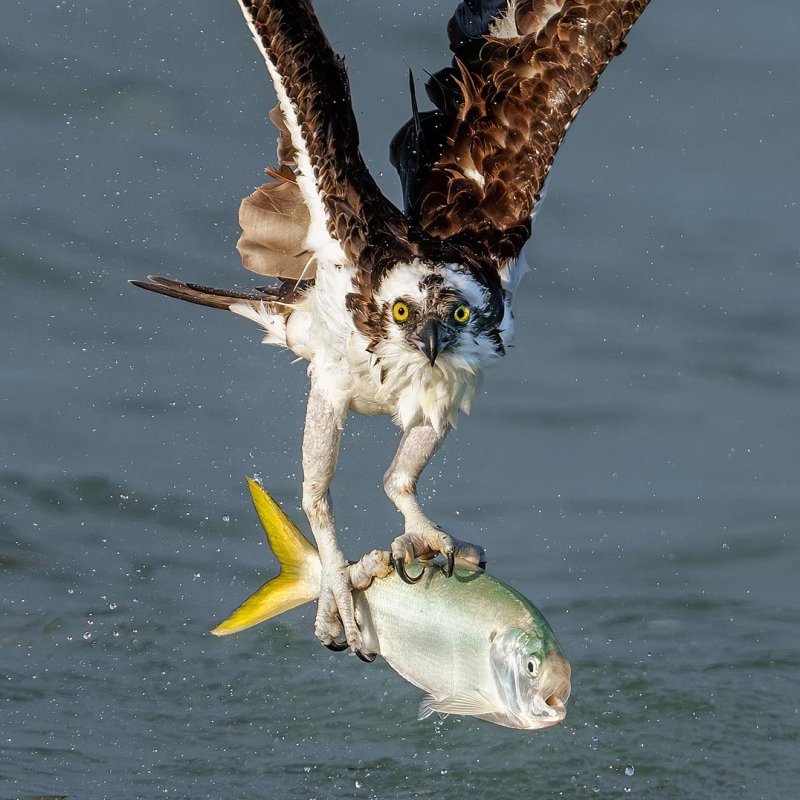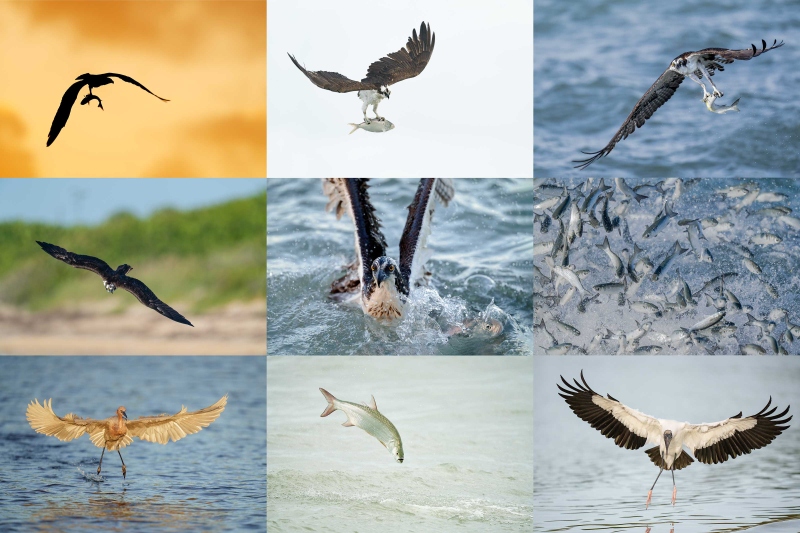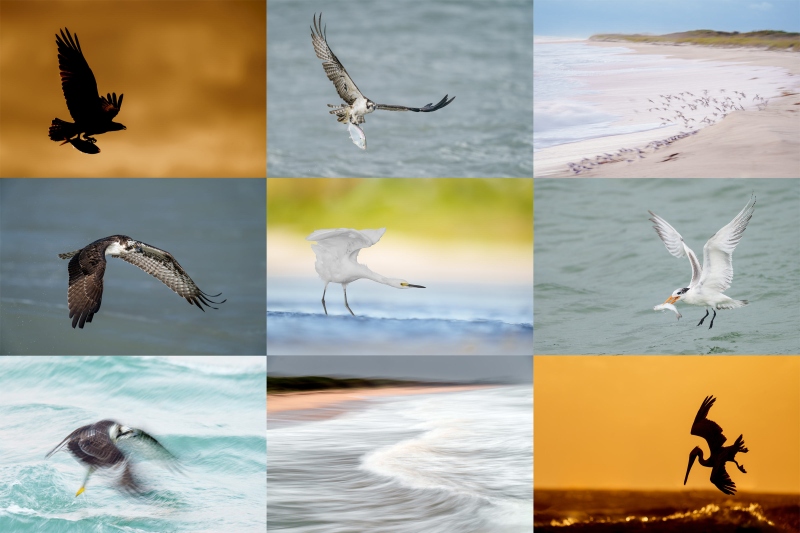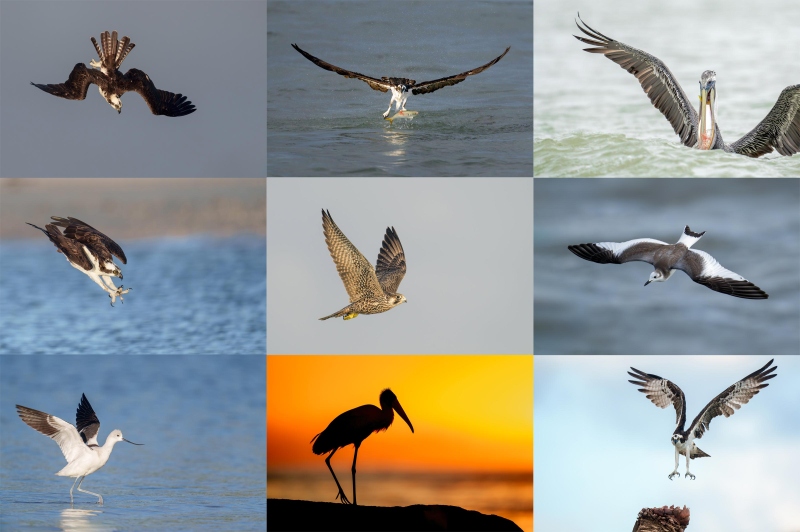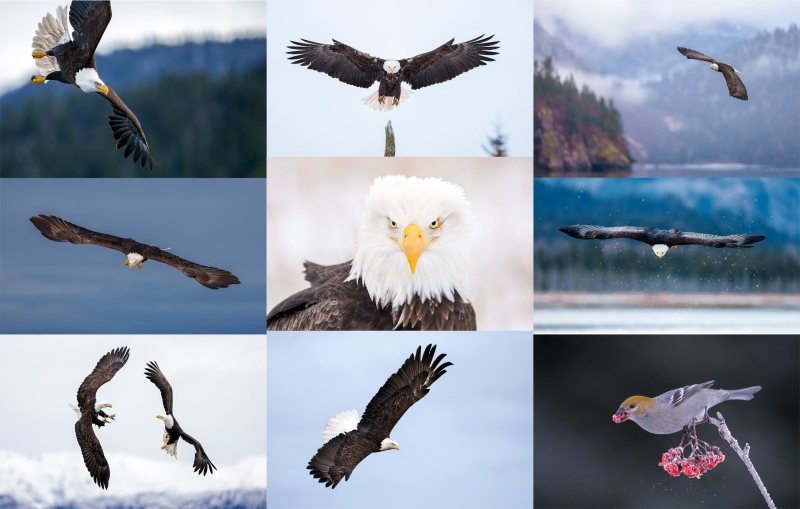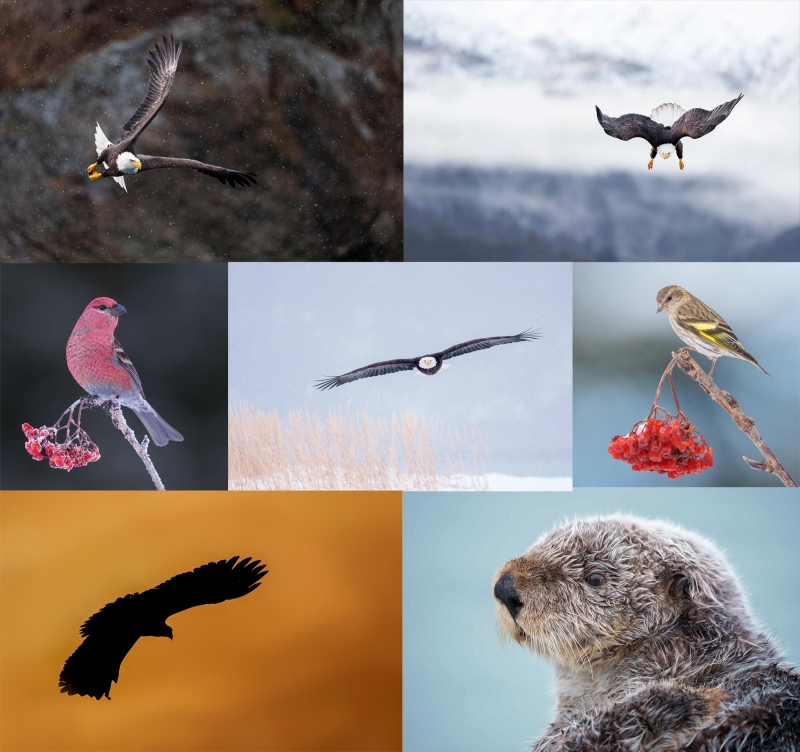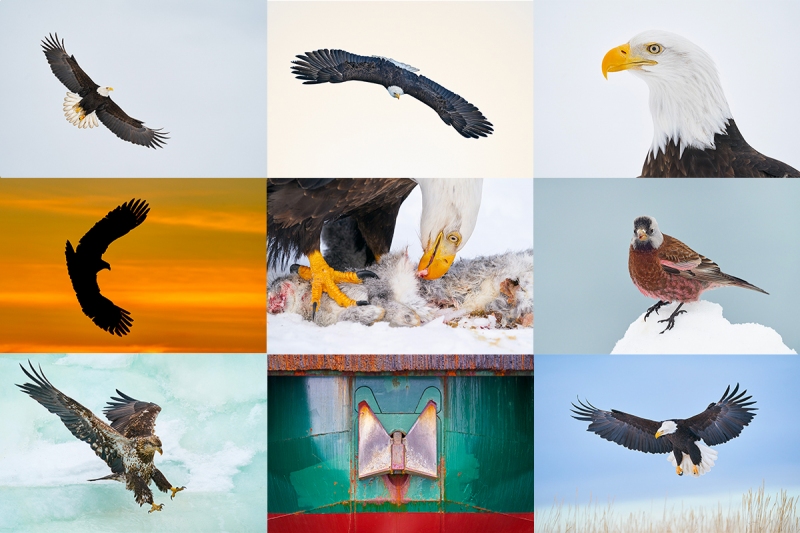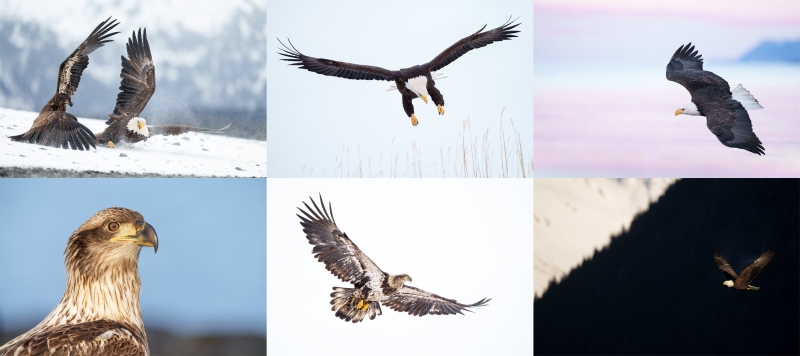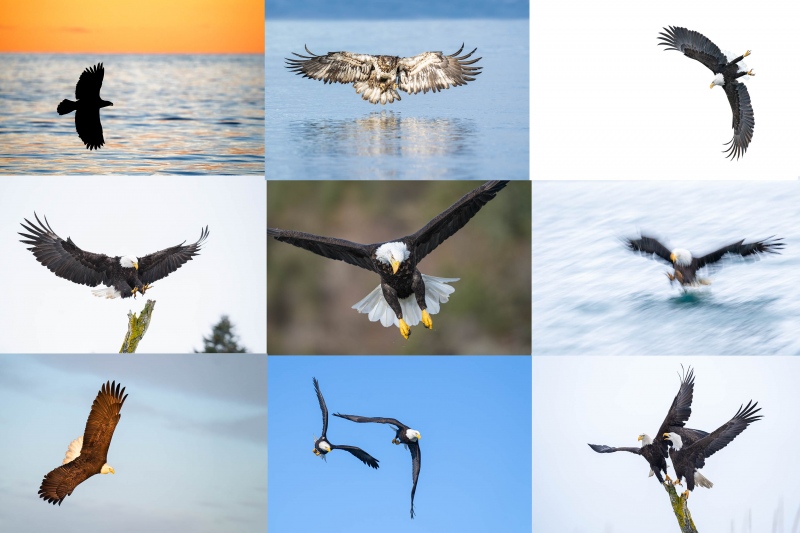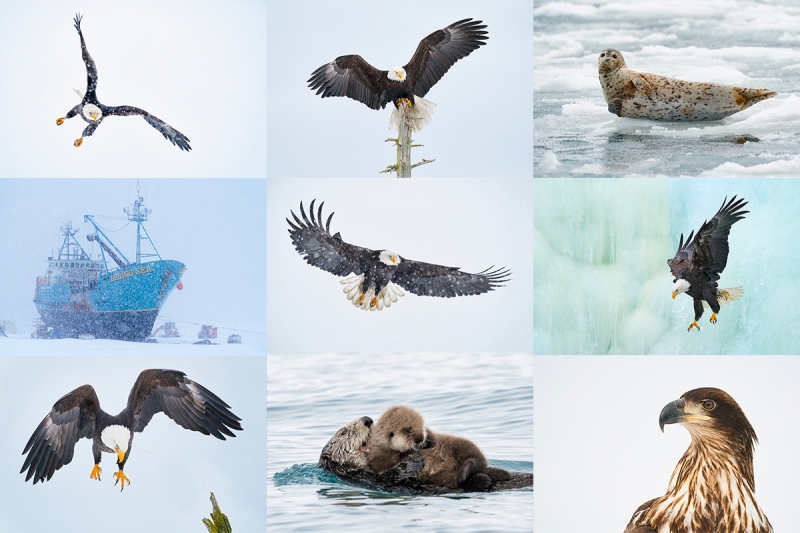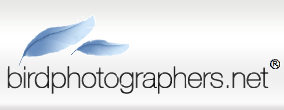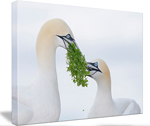BIRDS AS ART Instructional Photo Tours (IPTs)
Click here for BIRDS AS ART Instructional Photo-Tour (IPT) General Information.
Click here for BIRDS AS ART Instructional Photo-Tour (IPT) Deposit and Cancellation Policies.
Click here for BIRDS AS ART Instructional Photo-Tour (IPT) Registration and Release Forms.
If you have any questions, please feel free to contact me via e-mail.
2025 BIRDS AS ART Sebastian Inlet Ospreys and More In-the-Field Sessions. Available Dates: Friday 26 September (arrive on Thursday 25 September) thru the morning session on Mon 24 November 2025.
That the South Jetty will be totally closed and off limits in the fall of 2027 makes a serious visit in 2026 quite attractive.
January 2026 San Diego IPTs: Details coming soon
Shared AirBnB lodging and trip transportation with the leader will be available and maximizes learning as well.
Songbird Days: WED 11 FEB & THURS 12 FEB 2026. Full day: $500/day.
IPT #1: FRI 13 FEB 2026 through the full day on TUES 17 FEB 2026. Five days/20 hours on the boat: $5900.00. Limit 5 photographers/Openings: 2
IPT #2: WED 18 FEB 2026 through the full day on SUN 22 FEB 2026. Five days/20 hours on the boat: $5900.00. Limit 5 photographers/Openings: 2.
More time on the boat with the eagles and even better, you actually learn a ton.
Travel Insurance
Travel insurance for both big international trips and US-based IPTs is generally recommended only if the losing your investment in a given trip is would seriously impact your overall financial position. In the long run, you will make most or all of your trips and you will wind up far ahead by not purchasing trip insurance. However, as we never know what life has in store for us; it might be a good idea for you. If you do purchase travel insurance, note that many plans require that you purchase your insurance within 14 days of our cashing your deposit check or running your credit card. If you do a search for “Complaints about XYZ Travel Insurance Company,” I can guarantee that you will find many complaints no matter the company — it is the nature of the beast. Therefore, and most importantly, whenever purchasing travel insurance, be sure to read the fine print carefully.
What They are Saying …
Unsolicited via e-mail from Pete Myers
I just spent 4 days in the field in a graduate course in bird photography taught by Artie Morris at Fort DeSoto. After almost 50 years of experience pointing cameras at birds from the Arctic to Tierra del Fuego, New Zealand and beyond, I thought I was good enough. But what I learned from Artie in just four days has taken me to a whole new level. As he aptly puts it, “birds as art,” not simply bird photography. One of those 4 days was the most satisfying I’d ever experienced, anywhere. The IPT left me euphoric about what I’d learned, and frighteningly committed to recreating my portfolio with the techniques and insights he taught me.
Via e-mail from multiple IPT participant David Hollander
Primarily, what distinguished the San Diego IPT other photographic classes that I have attended was the “granularity” and specificity of the information you shared. By that I mean the level of specific, technical information that was covered. This was helped by the fact that you often gave an explanation as to why you made your choices. For example, when we first arrived at the location, you told people to shoot at 1600, F 5.6, and various shutter speeds. As the light got better, you progressively moved to lower ISOs, and gave us rules of thumb on what ISO to use in different lighting conditions.
You further explained in one of the review sessions that with modern cameras and good software, the noise isn’t really a problem and that you could get rid of the noise from a 1600 ISO a lot easier than fixing a blurred image. Similarly, you gave precise instruction on what aperture to use in various circumstances. In general, before your class, my “default” mode was to shoot in aperture priority, usually at about F 9 or 8.1. The reason wasn’t that I was trying to capture background, but instead to increase my chances of getting the bird’s head in focus if I got the focus point in the wrong place. I will revisit that approach now.
During and image review session, you showed a picture that had the bird’s eye in focus, but the tip of the beak was slightly off. When I asked you whether you would have used a higher f/stop in that case, you went to a website showing the impact on the depth of field at the given distance of moving up a stop, which was less than an inch. That demonstrated why increasing the f/stop would not have worked in that case. From a teaching perspective, hearing the same information in multiple channels makes it more likely for people to absorb it and remember it, so the technical explanations help the main message sink in. The instruction on use of the back button focus was also very helpful. I had read about that on your blog before, but I had not taken the time to actually try it, and now I have a new tool in my kit. Overall, I found the advice and instruction to be “actionable”. It was all there for those who were listening.
The comparison of slightly different images of the same bird was also very helpful. It showed what you were looking for head angles and placements. However, I should note that differences in many of the pictures that were acute to you were pretty subtle to me, and all of the pictures were ones that most photographers would have been proud to have taken, even the ones that you were rejecting.
A Comment left by Elisabeth L Shore
Thank you, Artie! I had a wonderful time and very much appreciate the time you spent with me to help me get these images of which I am very proud to be able to add to my portfolio! I am definitely looking forward to another workshop with you in the near future. Thank you for pushing me to step out of my comfort zone, for challenging me, and for being there with patience and advice to improve my photography. It means a lot that you did.
Unsolicited via e-mail from IPT veteran Judy Stepenaskie
Hi Artie: I can’t believe it – Dave was looking at some of my pics and he said: “You never made pictures like this before”!!!
Unsolicited via e-mail from IPT veteran Eugen Dolan
Arthur, Thank you very much for your overwhelming infectious enthusiasm that helped get me up on some mornings. Also, your ability to express yourself- and explain in great detail why you like or may not like an image – was very helpful in allowing me to better analyze my images. Eugen
Via e-mail from Dianne Heggie
I had SUCH a great time today! It’s always inspiring to spend time learning from you. Your generosity in sharing knowledge and insights is really exceptional. I shouldn’t let another 8 years pass before joining you for another workshop!
Via e-mail from Jim Miller
I can’t stop thinking about how much fun the DeSoto Fall IPT was, and how much I learned. There were so many things that suddenly made perfect sense after I had been confused for so long. Thank you very much for the wonderful trip, and for being a great teacher. As I worked through the raw files last week, I realized what a fantastic lens the 600 IS is. Thanks for the rental! Maybe someday I will be able to afford one. Some images for critique are attached.
By the way, the plant we were looking at along the sidewalk in Gulfport is Blue Porterweed. It is worth a few minutes on the internet to read about it: native of Florida and the Caribbean, used for medicine in The Bahamas, etc. We have it in a large pot in the front yard and it takes a lot of water, but it blooms Spring through Fall. Thank you again, Artie. It was really wonderful to be with you and learn from you.
Via e-mail from Lee Sommie
I want to thank you for making the Fall 2017 Ft. DeSoto IPT such a fun and educational experience for me. I truly did not want the adventure to end. I now look through the viewfinder with an artist’s mindset. And the real bonus was making new friends with fellow students. Thank you for sharing your knowledge and enthusiasm for wildlife photography. I had a great time with you and look forward to more adventures on future IPTs.
Followed by this one
BTW. I downloaded Photo Mechanic and started using it in my workflow. Since I like using Lightroom for my adjustments, I found a way to incorporate Photo Mechanic and Lightroom together. Lightroom was driving me crazy with how slow it is to import and preview photos. I was impressed with how fast you could preview photos and start editing your photos on the DeSoto Fall IPT. Life is too short to wait for applications to import and preview photos and Photo Mechanic solves that problem.
Thanks again for everything Artie. Your knowledge keeps on giving well after the IPT!
Via e-mail from Muhammad Arif
I had a great time at Fort De Soto. Thank you for all the instruction, for your help and pointers; my photography has already improved tremendously and I’ve never made such good bird photos before. I wish I could’ve joined you on Monday and Tuesday morning as well but work got in the way. It was also nice meeting the folks on the IPT. Thanks again for everything and I hope to join you at a future IPT sometime again.
Via e-mail from Morris Herstein
I never thought that I could make in-flight photos of birds successfully. That goal was accomplished during the recent workshop at Stick Marsh only because I listened to your advice and instructions. For the first time I realized how important sun angle was, teachings that you had been communicated for a long time. The result of two days shooting produced the most satisfying images of Roseate Spoonbills I ever could have imagined.
Stay well and safe. Thank you. Morris
Via e-mail from Joe Usewicz
Wow. So many photos to go through. Stick Marsh was a great learning experience. Positioning. Wind impact. Landing zones. Working on backgrounds. I clipped too many incredible reflections. Great fun. Just amazing opportunities.
Warmest Regards, Joe
From BPN-friend Kevin Hice via unsolicited e-mail
Again artie, that was a great trip. I was more than pleased. For me, I could see right away that you knew how to get us and the boat in great position for the best eagle photography. You took into consideration all the factors including the sky conditions, and wind and sun angles. It was a real pleasure to meet the captain. His knowledge of the wind and the currents helped to put us in great position all the time and he did his very best to help on all fronts.
One of the most important factors for me is timeliness. We never had to wait on the captain or on you, artie, and that made the trip a huge success. We got after it every day and had countless great photography opportunities. The other eagle photography tours never got out as early as we did, nor did they pursue the birds as relentlessly as we did.
One can never say that Arthur Morris doesn’t have the passion to get after the Bald Eagles. I have never shot as many photos as I did on this trip even with my poor hand eye coordination. I got plenty of keepers and enjoyed meeting the others in the group and learned a few things from them as well.
Thanks again, Kevin
Unsolicited via e-mail from IPT veteran Eugen Dolan
Arthur, Thank you very much for your overwhelming infectious enthusiasm that helped get me up on some mornings. Also, your ability to express yourself- and explain in great detail why you like or may not like an image – was very helpful in allowing me to better analyze my images. Eugen
Via e-mail from Jim Miller
I can’t stop thinking about how much fun the DeSoto IPT was, and how much I learned. There were so many things that suddenly made perfect sense after I had been confused for so long. Thank you very much for the wonderful trip, and for being a great teacher. As I worked through the raw files last week, I realized what a fantastic lens the 600 IS is. Thanks for the rental! Maybe someday I will be able to afford one. Some images for critique are attached. Thank you again, Artie. It was really wonderful to be with you and learn from you.
Via e-mail from Lee Sommie
I want to thank you for making the Fort DeSoto IPT; it was a fun and educational experience for me. I truly did not want the adventure to end. I now look through the viewfinder with an artist’s mindset. And the real bonus was making new friends with fellow students. Thank you for sharing your knowledge and enthusiasm for wildlife photography. I had a great time with you and look forward to more adventures on future IPTs.
Via e-mail from Muhammad Arif
I had a great time at Fort De Soto. Thank you for all the instruction, for your help and pointers; my photography has already improved tremendously, and I’ve never made such good bird photos before. I wish I could’ve joined you on Monday and Tuesday morning as well, but work got in the way. It was also nice meeting the folks on the IPT. Thanks again for everything and I hope to join you at a future IPT sometime again.
|
|
|
This image was created on 27 October 2023 at Sebastian Inlet State Park. Standing at full height, I used the Robus RC-5570 Vantage Series 3 Carbon Fiber Tripod/Levered-Clamp FlexShooter Pro-mounted Sony FE 600mm f/4 GM OSS lens with the Sony FE 1.4x Teleconverter, and The One, the Sony Alpha 1 Mirrorless Digital Camera.. The exposure was determined by Zebras with ISO on the rear wheel: ISO 800; 1/3200 second at f/5.6 (wide open) in Manual mode. RawDigger showed that the exposure was perfect. AWB at 8:29:59 am on a mostly sunny morning. Zone/AF-C with Bird-Eye/Face Detection performed perfectly. Click on the image to enjoy the larger, inexplicably sharper high-res version. Osprey with Yellow-tailed Menhaden |
Viewing the Sebastian Composites below
Be sure to click on each composite to see a larger, inexplicably sharper high res version.
|
|
|
From upper left clockwise around to center: Osprey with fish at dawn; Osprey with menhaden; Osprey with Mullet; Mullet school under attack from below; Wood Stork landing; Tarpon jumping; Reddish Egret landing; Osprey turning to begin dive; Osprey with Yellow-tailed Menhaden. Click on the composite to see a larger, inexplicably sharper high res version. All images copyright 2025 Arthur Morris/BIRDS AS ART |
Sebastian Inlet in Fall
Sebastian Inlet in the fall attracts schools of migrating saltwater fish that in turn attract dozens of Ospreys — we’ve counted 61 in the air at once, along with hordes of hungry birds including Brown Pelican, Royal Tern, and Laughing Gull. Other species of birds feed on smaller baitfish; those include Wood Stork, Reddish Egret, Snowy Egret, Great Egret, Great Blue heron, Little Blue Heron, and White Ibis. Sanderling and Ruddy Turnstone are easily photographed. American Avocet is an uncommon visitor. Rare gulls have included Lesser Black-backed Gull (all ages), Franklin’s Gull (first winter), and in 2024, a spectacular young Sabine’s Gull that remained for several weeks.
As this location provides world class action for at least two months each year, bird photographers travel to Florida’s East Coast from all over the planet. You are invited not only to join me but to learn a ton about bird photography. Remember that the more time you spend at great locations, the more chance you have to enjoy perfect weather conditions and opportunities that leave you in awe.
The shared AirBnB approach has proven to be tremendously popular and is hugely beneficial to learning.
|
|
|
From upper left clockwise around to center: Osprey with fish at dawn; Osprey with menhaden; Sanderling flock bird-scape blur; Royal Tern with large baitfish; Brown Pelican diving silhouette; 1-second breaking wave blur; Osprey with Yellow-tailed Menhaden blur; Osprey in flight/full downstroke; Snowy Egret/double overhead wingstretch. Click on the composite to see a larger, inexplicably sharper high res version. All images copyright 2025 Arthur Morris/BIRDS AS ART |
2025 BIRDS AS ART Sebastian Inlet Ospreys and More In-the-Field Sessions
Available Dates: Friday 26 September (arrive on Thursday 25 September) thru the morning session on Mon 24 November 2025.
Limit: four photographers.
In 2024, I had an AirBnB in Vero Lake Estates for 26 nights. I had so much fun and enjoyed so many great opportunities that I am returning next fall for two full months; the AirBnB is just 22 minutes from the inlet.
Getting There
You can fly to Orlando International Airport (MCO) and rent a car or fly to Melbourne International Airport (MEL) and explore the possibility of airport pick-up and drop-off or a taxi or uber ride to and from the AirBnB. Rides with me are available for $15/day on a space available basis. Folks who ride with me do not need to purchase a park pass but will need to kick in $2.00/day when we are charged.
|
|
|
From upper left clockwise around to center: Osprey diving; Osprey with menhaden; Brown Pelican with Yellow-tailed Menhaden in bill pouch; Sabine’s Gull/juvenile top shot; Osprey landing on Cabbage Palm stump; Wood Stork sunrise silhouette; American Avocet running with wings raised; Osprey diving with talons outstretched; Peregrine with wings fully raised. Click on the composite to see a larger, inexplicably sharper high res version. All images copyright 2025 Arthur Morris/BIRDS AS ART |
What You Will Learn
The very best news is that you will be able to take everything you learn home with you so that you will be a better photographer wherever you are and whenever you photograph.
|
|
|
From upper left clockwise around to center: Osprey with Yellow-tailed Menhaden; Osprey overhead with bunker; Osprey with Yellow-tailed Menhaden; Osprey chase; Great Egret with pinfish; Osprey emerging with flounder; Great Egret taking flight; Osprey kiting; 1/8 second sunrise Atlantic Ocean blur. Click on the composite to see a larger, inexplicably sharper high res version. All images copyright 2025 Arthur Morris/BIRDS AS ART |
Trip Costs and Booking Details
Change Your Life
Book any 3-6 Days: Lodging is $175/night. Instruction is $600/day. There is a morning session every day. Afternoon sessions average every other day. Image review and Photoshop sessions are usually daily.
Please note: Folks who sign up for an odd number of days of instruction will enjoy half + 1 afternoon sessions (more are possible if conditions are good) Those who sign up for an even number of days will enjoy at least 1/2 that number of afternoon shooting sessions (more are possible if conditions are good)
Book any 7-10 Days: Lodging is $160/night. Instruction is $575/day. There is a morning session every day. Afternoon sessions average every other day. Image review and Photoshop sessions are almost daily.
Book any 11-14 Days: Lodging is $150/night. Instruction is $550/day. There is a morning session every day. Afternoon sessions average every other day. Image review and Photoshop sessions are almost daily.
Book any three weeks: Lodging is $130/night. Instruction is $525/day. There is a morning session every day. Afternoon sessions average every other day. Image review and Photoshop sessions are almost daily.
Stay for one month (28 nights): Lodging is $120/night. Instruction is $500/day. There is a morning session every day. Afternoon sessions average every other day. Image review and Photoshop sessions are almost daily.
Stay two months (60 nights): Lodging is $100/night. Instruction is $475/day. There is a morning session every day. Afternoon sessions average every other day. Image review and Photoshop sessions are almost daily.
Brunch is on me. Dinners are provided for $20/day. I am an excellent chef and the food both healthy and of high quality.
Please note: your day of arrival is not a day of instruction.
Deposit Information
A non-refundable deposit by check is required to hold your spot. The amount will be 50% of the total for lodging, instruction, and meals. Please make the check out to:
BIRDS AS ART
And send it via US Mail to
BIRDS AS ART
PO Box 7245
Indian Lake Estates, FL 33855
Your balance, payable by check only as above, is due two months before your arrival date.
I hope to spend some quality time with you at Sebastian Inlet in the fall of 2025. If you have any questions, please get in touch via e-mail or with a text to 863-221-2372.
|
|
|
Click on the composite to view a larger, high res version.
|
2026 Homer/Kachemak Bay Bald Eagle IPTs
Songbird Days: WED 11 FEB & THURS 12 FEB 2026. Full day: $500/day.
IPT #1: FRI 13 FEB 2026 through the full day on TUES 17 FEB 2026. Five days/20 hours on the boat: $5900.00. Limit 5 photographers/Openings: 2
IPT #2: WED 18 FEB 2026 through the full day on SUN 22 FEB 2026. Five days/20 hours on the boat: $5900.00. Limit 5 photographers/Openings: 2.
Register for both trips to maximize your travel dollars and enjoy a $1000 (total) discount while you are at it. Do both trips and both songbird days ($500.00/day) and explore the possibility of riding down to Homer and back up to Anchorage in a large SUV thus avoiding the flight from ANC to HOM and back. In 2025, four of the five participants signed up for both trips!
This trip features non-stop flight photography as well as many opportunities to create both environmental and point-blank portraits of one of North America’s most sought-after avian subjects: Bald Eagle (Haliaeetus leucocephalus). Other reliable subjects will include Sea Otter, and Glaucous-winged and Short-billed (formerly Mew) Gulls.
In addition, we should see Common Murre, Black Guillemot, Pelagic Cormorant, two species of loons, and a smattering of ducks including two species of merganser, all three scoters, Common and Barrow’s Goldeneyes, Bufflehead, Harlequin, and Long-tailed Ducks. Close-range photographic chances for these species will require some good luck. Some of these species, especially when in flocks, can, however, often be used effectively when pleasing creating bird-scapes.
If we need to be out early, we will be the first boat out. If the conditions are great, we will stay out. And when there is a chance for sunset silhouettes, we will be in the right spot.
We will be traveling through gorgeous wilderness country; landscape and scenic opportunities abound.
Also featured is a professional leader, often referred to as the father of modern bird photography and the world’s most knowledgeable bird photography trip leader and instructor. He is conversant in Canon, Nikon, and Sony.
|
|
|
Click on the composite to view a larger, high res version. All images from the 2025 Homer/Kachemak Bay IPT. |
What You Will Learn
You will learn practical and creative solutions to everyday photographic problems. You will learn to see the shot, to create dynamic images by fine-tuning your compositions, to best utilize your camera’s AF system, and how to analyze the wind, the sky conditions, and the direction and quality of the light. This is one of the very few trips Homer trips where you will not be simply put on the birds and told to have fun and take photos. You will learn to be a better photographer.
You will learn to get the right exposure when it is sunny, when it cloudy-bright, when it is cloudy, when it is cloudy-dark, or when it is foggy. Not to mention getting the right exposure when creating silhouettes. You will learn to make pleasing blurs working in manual mode and to create silhouettes working in Shutter Priority mode. Most importantly, you will learn to pick your best flight photographs from tens of thousands of images.
You will enjoy working with the best and most creative boat captain on his sturdy, photography-spacious, seaworthy, open-deck watercraft.
There will be only five photographers (not the usual six), plus the leader.
Small group Photoshop, Image Review and Critiquing sessions are an integral part of the IPT experience.
|
|
|
Click on the composite to view a larger, high res version. All images from Homer or Kachemak Bay, AK |
What’s Included
One four hour or two two-hour boat trips (session length variable depending on the weather) every day (weather permitting), all boat fees and boat-related expenses (excluding tips), ground transportation to and from the dock and back to the hotel each day, in-the-field instruction and guidance, pre-trip gear advice, and small group post-processing and image review sessions.
What’s Not Included
Your airfare to and from Homer, AK (via Anchorage), the cost of your room at Land’s End Resort, all personal items, all meals and beverages, and tips for the boat captain and the first mate ($50-$100 each per IPT is recommended).
|
|
|
Click on the composite to view a larger, high res version. All images from the 2024 Homer/Kachemak Bay IPT |
Important Note
On great days, the group may wish to photograph for more than four hours. If the total time on the boat exceeds 20 hours for the five-day trips the group will share the additional expense at a rate of $300.00/hour. The leader will pay for the bait.
Some folks may wish to rent their own vehicle to take advantage of local photographic opportunities around Homer. In prior years those included Moose, Sea Otter, a variety of sea ducks in the harbor, and Great Grey and Short-eared Owl.
|
|
|
Click on the composite to view a larger, high res version. All images from the 2024 Homer/Kachemak Bay IPT. |
Deposit Information
A $3000 non-refundable deposit per IPT is required. You may pay your deposit with credit card or by personal check (the latter made out to BIRDS AS ART) and sent via US mail to Arthur Morris. PO Box 7245. Indian Lake Estates, FL 33855. Your balance, due 90 days before the date of departure, is payable only by check.
|
|
|
Click on the composite to view a larger, high res version.
|
In Closing
I have been going to Homer off and on for well more than two decades. Every trip has been nothing short of fantastic. Many folks go in mid-March. The earlier you go, the better the chances for snow. The only way to assure that you are on the best of these two trips is to sign up for both of them. If you have any questions, or are good to go for one or both of these great trips, please let me know via e-mail or give me a call on my cell phone at 863-221-2372.
|
|
|
Click on the composite to view a larger, high res version.
|

